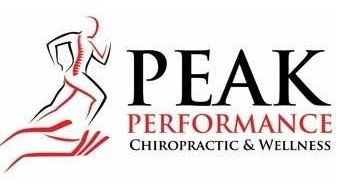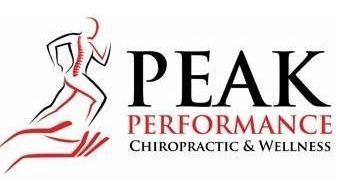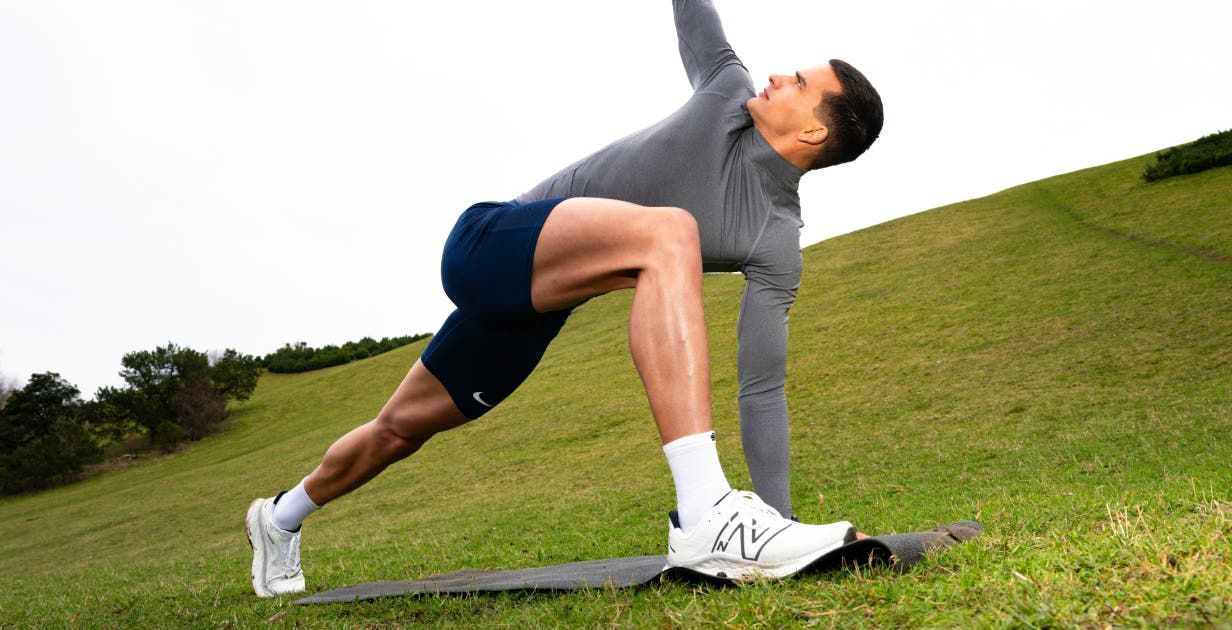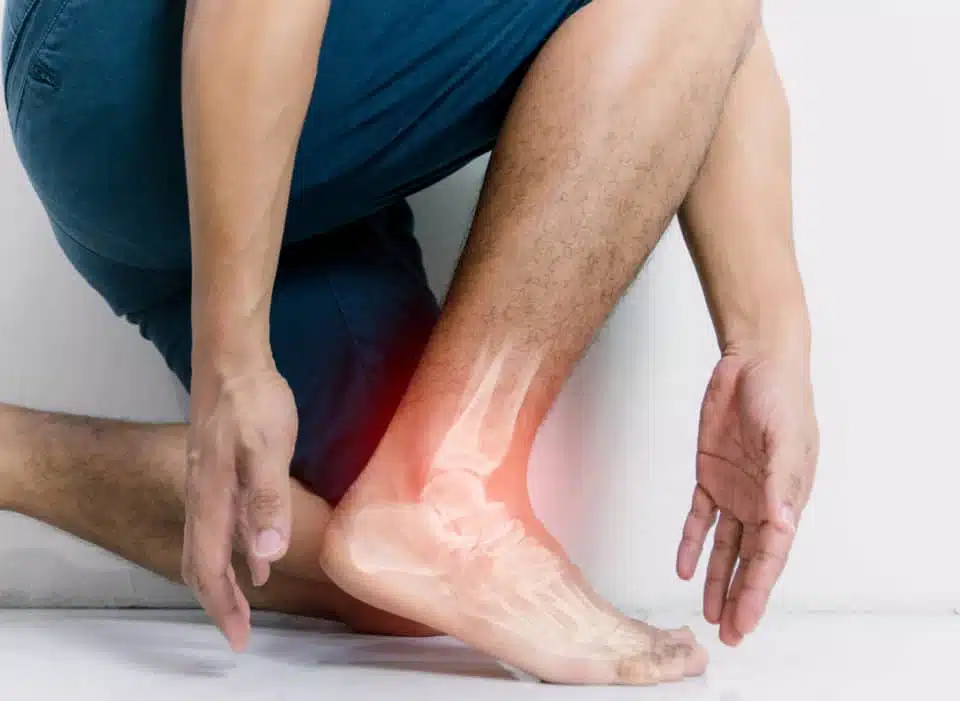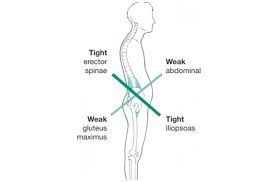
If you’ve ever stood up after a long day at your desk and thought, “Why does my lower back feel like it’s been personally offended?”—you’re not alone. In fact, your posture may be telling a whole story. Enter Lower Cross Syndrome (LCS) : a common postural pattern that shows up when certain muscle groups decide to overachieve while others go on vacation. The good news? You can absolutely fix it—and your favorite chiropractic and massage team is here to help.

As the temperature drops and the days get shorter, winter brings cozy nights, comfort food, and—for many—an uptick in sniffles, coughs, and the flu. While we can’t control every germ that crosses our path, we can support our immune systems to better defend against them. A strong immune system is the body’s best defense against seasonal illnesses, and with a few intentional habits, you can give yours a well-deserved boost this winter. Let’s break down some evidence-based ways to keep your immune system in top shape through the colder months.
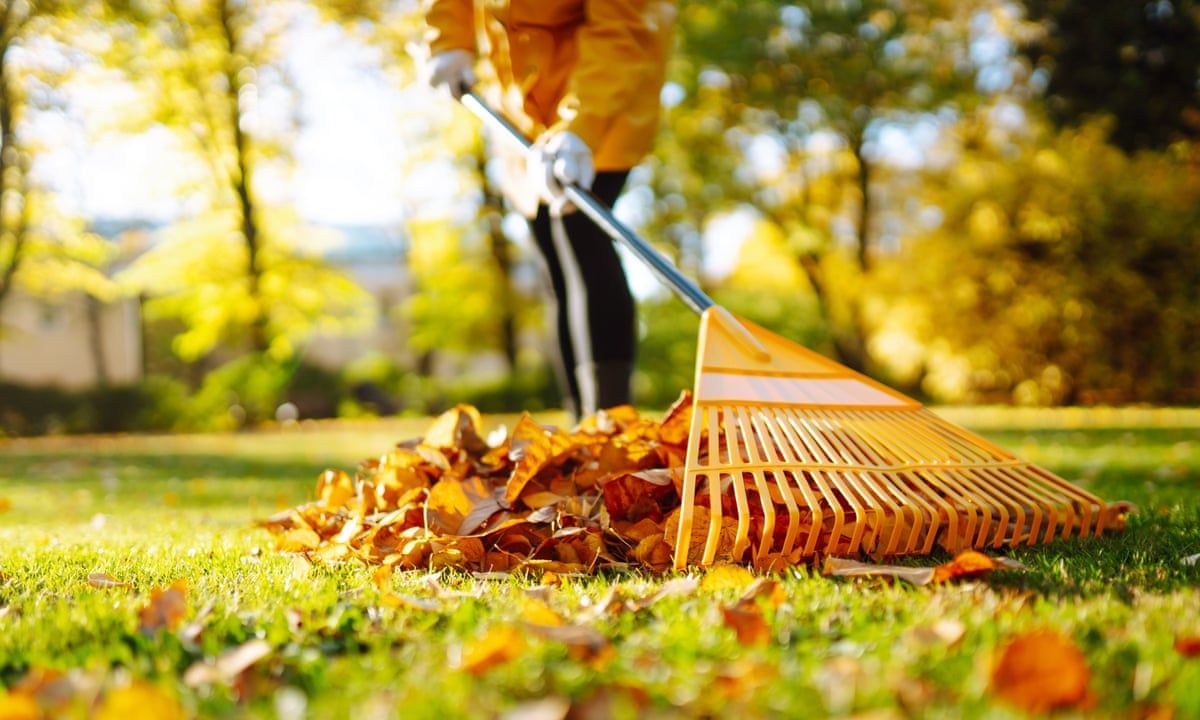
Fall in Buffalo is beautiful—the crisp air, the smell of bonfires, and, of course, the sea of colorful leaves blanketing your yard. But before you grab your rake and get to work, it’s worth talking about something most people don’t think about until it’s too late: the physical toll of yard work. Raking may seem harmless, but poor technique, repetitive motion, and improper lifting can lead to back pain, muscle strain, and even more serious injuries. Here’s what you should know about protecting your body during fall cleanup—and how chiropractic and massage care can help you recover and stay strong all season long.
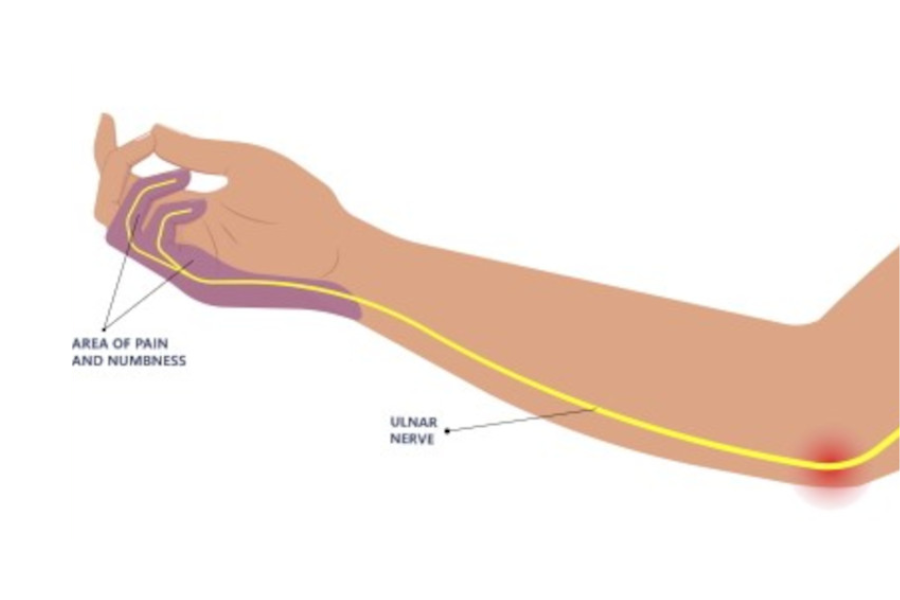
We’ve all hit our “funny bone” before — that zinger of tingling pain shooting down your arm that you shake out. But when that sensation starts happening without bumping your elbow, it might not be so funny anymore. You could be dealing with something called Cubital Tunnel Syndrome — a condition that gives your ulnar nerve a bit too much attention for comfort. Let’s break down what’s going on inside that elbow of yours, what causes this pesky problem, how to treat it, and what you can do to keep your funny bone feeling more “fun” than “numb.”
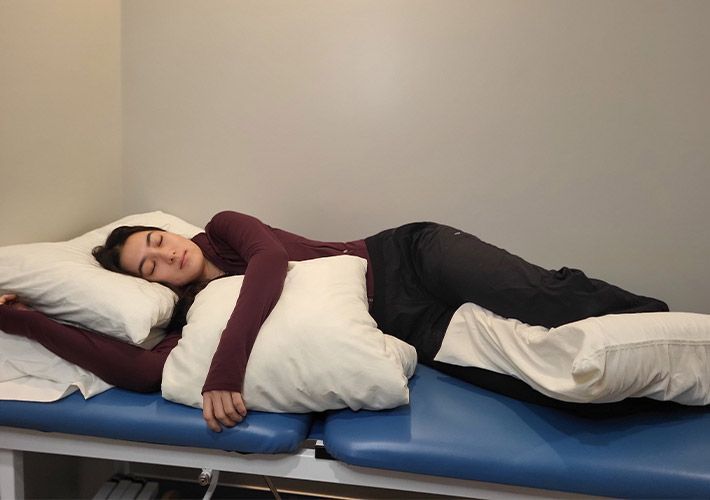
We all know that a good night’s sleep can make or break your day. But what many people don’t realize is that the position you sleep in plays a huge role in how rested—and pain-free—you feel when you wake up. The way you lie in bed can either support your spine and muscles or set you up for stiffness, discomfort, and even long-term issues. As chiropractors and massage therapists, we see the effects of poor sleep posture every day. The good news? With a few simple tweaks, you can protect your spine, reduce strain, and get the most out of your nightly rest. In this post, we’ll break down the best ways to sleep on your back and side, why stomach sleeping isn’t your spine’s best friend, and how the right pillow can make all the difference.
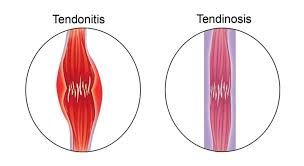
If you’ve ever had nagging elbow pain after a long weekend of yard work, or your Achilles tendon screaming at you after ramping up your mileage too quickly, you may have heard the term “tendinitis” tossed around. It’s the go-to explanation for tendon pain—but here’s the plot twist: not all tendon pain is actually tendinitis. Sometimes, it’s tendinosis. While the names sound almost identical, these conditions are very different. Understanding which one you’re dealing with is key to proper treatment, preventing reinjury, and speeding up recovery. Let’s break it down in a way that makes sense (no medical degree required).
